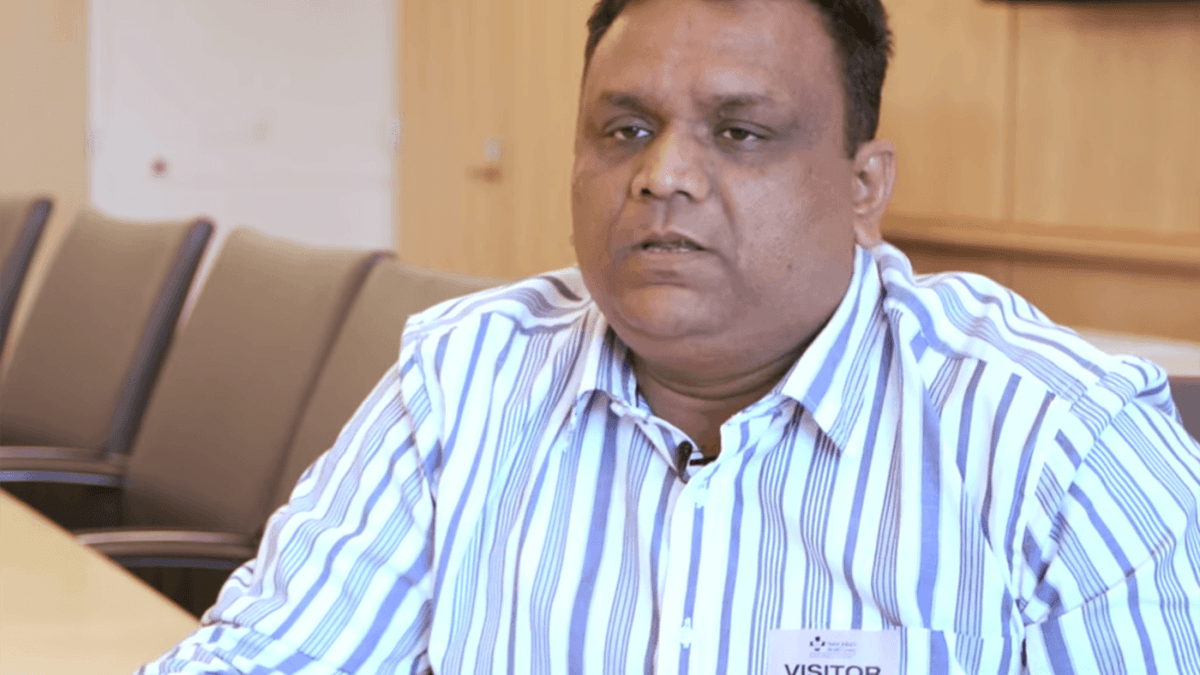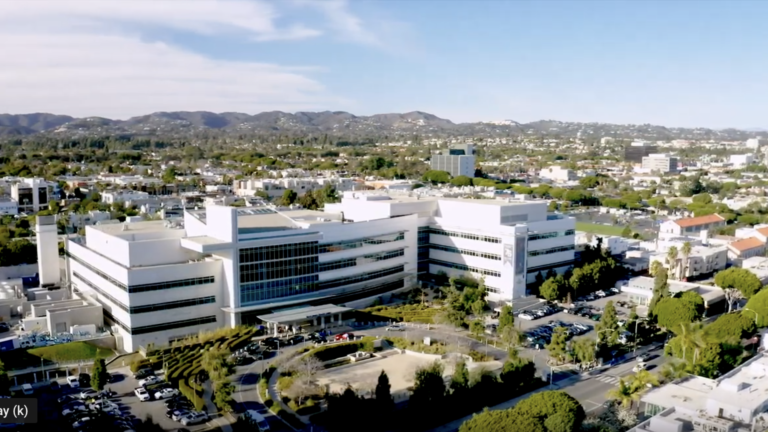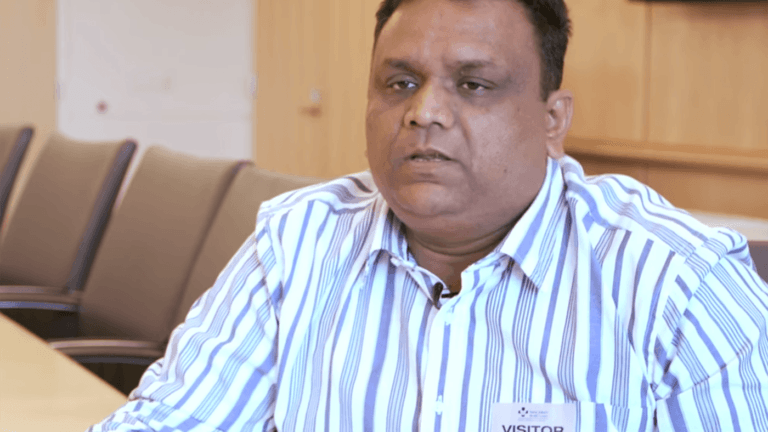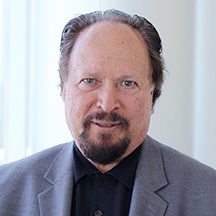Knowing Your Craniopharyngioma is in the Right Hands
Superior Treatment for Patients with Craniopharyngiomas
As one of the most comprehensive pituitary disorder programs in the United States, the Pacific Pituitary Disorders Center at Pacific Neuroscience Institute (PNI) offers world-class expert care. Among the top ranked neurology and neurosurgery programs in the nation, our center’s compassionate multidisciplinary specialists provide advanced, personalized treatment while focusing on our patients’ quality of life.
Affiliated with award-winning Providence hospitals Saint John’s Health Center and Little Company of Mary, PNI neurosurgeons lead the way in advancing safer, more effective keyhole and minimally invasive endoscopic pituitary tumor removal approaches.
If you, a family member, or friend have a new diagnosis, require a second opinion, or have a pituitary tumor or related hormonal disorders recurrence, our expert physicians can help you understand your condition and determine an optimal treatment plan.
Think Pituitay. Think PNI.
Contact Us
For information about pituitary disorder treatment please complete the form below. We will respond to you within 12-24 hours. To speak with someone right away contact us at 213-214-2526.
Symptoms
Craniopharyngiomas can cause a variety of symptoms depending upon their location.
Pituitary stalk compression
If the tumor compresses the Pituitary Stalk or Gland, the tumor can cause partial or complete Pituitary Hormone Deficiency which may lead to:
- Growth failure
- Delayed puberty
- Loss of normal menstrual function or sexual desire
- Increased sensitivity to cold
- Fatigue
- Constipation
- Dry skin
- Nausea
- Low blood pressure
- Depression
Pituitary stalk compression can also cause Diabetes Insipidus (DI), and increase Prolactin levels causing a milky discharge from the breast (galactohhrea).
Optic chiasm compression
If the tumor compresses the optic chiasm or nerves, then visual loss can result.
Hypothalamus
Involvement of the hypothalamus, an area at the base of the brain, may result in obesity, increased drowsiness and temperature regulation abnormalities.
Other symptoms
Other symptoms especially with larger tumors may include personality changes, headache, confusion, and vomiting. Large craniopharyngiomas which extend upward toward the fluid filled ventricles of the brain can cause hydrocephalus.
Diagnosis
The best means of visualizing a craniopharyngioma is with a pituitary MRI. Most craniopharyngiomas are also seen on CT scan since some are partially calcified.
While most craniopharyngiomas are easily diagnosed on MRI, sometimes they may be difficult to distinguish from other tumors or cysts that can arise in this region such as a cystic pituitary adenoma, a Rathke’s cleft cyst or an arachnoid cyst.
A complete pituitary hormonal evaluation should also be performed to assess for hormonal deficiencies which are quite common in patients with these tumors.
Treatment
Overall Care
Because of their complex nature, craniopharyngiomas warrant a multidisciplinary approach that involves a highly experienced team that includes neurosurgeons, otolaryngolgists (ENT), endocrinologists, radiation oncologists and neuro-ophthalmoloigsts.
Surgery
The best initial treatment for a craniopharyngioma is surgical removal. The goal of surgery is maximal safe tumor removal while improving vision and brain function and avoiding complications. If a patient has multiple pituitary hormonal deficiencies before surgery, it is reasonable to try for a more complete tumor removal. However, if pituitary function is largely normal, a more conservative surgical removal approach may be recommended in an effort to preserve gland function. The great majority craniopharyngiomas can be removed by either an endoscopic endonasal approach (through the nose) or a supra-orbital eyebrow craniotomy. Because of their tendency to be adherent to the optic chiasm, other nerves and important blood vessels, a total removal is possible in only 50 – 60% of patients
Radiosurgery (SRS) or Stereotactic Radiotherapy (SRT)
With incomplete removal, stereotactic radiotherapy (SRT) or stereotactic radiosurgery (SRS), are typically used to prevent further tumor growth. Additionally, because of the tendency for craniopharyngiomas to recur, repeat MRI should be obtained at least every six months for the first 5 years after surgery or radiation and then at least annually thereafter.
Hormonal Replacement Therapy
Many patients with a craniopharyngioma will develop Pituitary Hormonal Deficits because of the tumor itself, surgery or as a result of radiotherapy. Such patients require hormone replacement therapy which may include thyroid, cortisol, testosterone (men), estrogen (women) and/or DDAVP for diabetes insipidus. Because hormonal deficiencies can develop years after radiotherapy, patients should have periodic hormonal evaluations throughout their lifetimes. Regular follow-up with an endocrinologist is recommended for all patients with a craniopharyngioma.
Our Physicians
Click on our award-winning physicians below to learn more about them:
Patient Experience
 Pituitary Disorders Center
Pituitary Disorders Center
 Dennis’ Story – Pituitary Adenoma
Experience an actual account of Pituitary Adenoma.
Dennis’ Story – Pituitary Adenoma
Experience an actual account of Pituitary Adenoma.
 Ajay’s Story – Pituitary Adenoma
Experience an actual account of Pituitary Adenoma.
Ajay’s Story – Pituitary Adenoma
Experience an actual account of Pituitary Adenoma.

Pituitary Disorders Center

Dennis’ Story | Pituitary Adenoma









